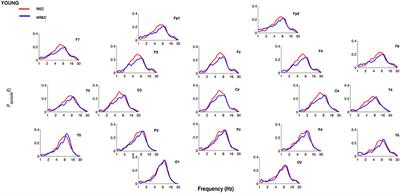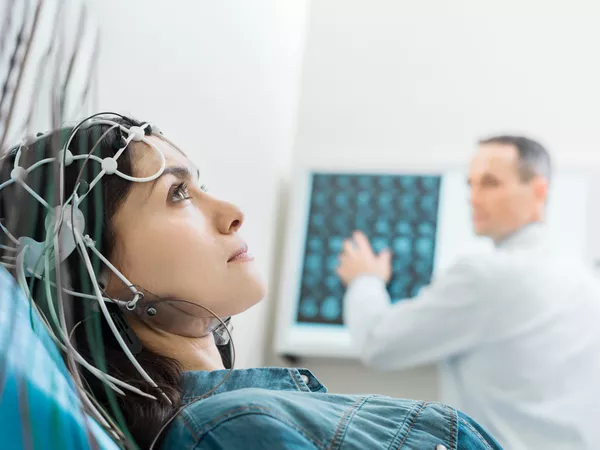EDITORIAL
Published on 25 Mar 2021
Editorial: The Neuropsychiatry of Dreaming: Brain Mechanisms and Clinical Presentations
doi 10.3389/fneur.2021.666657
- 2,506 views
12k
Total downloads
111k
Total views and downloads
EDITORIAL
Published on 25 Mar 2021
REVIEW
Published on 12 Nov 2020
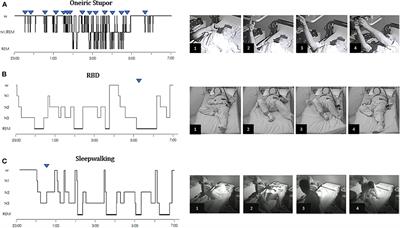
MINI REVIEW
Published on 05 Nov 2020
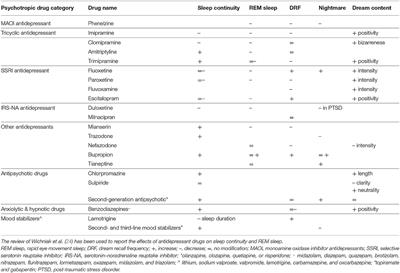
PERSPECTIVE
Published on 09 Oct 2020
MINI REVIEW
Published on 15 Sep 2020
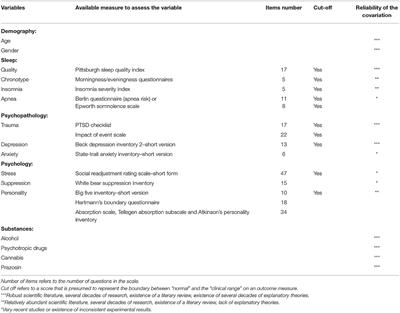
BRIEF RESEARCH REPORT
Published on 12 Aug 2020
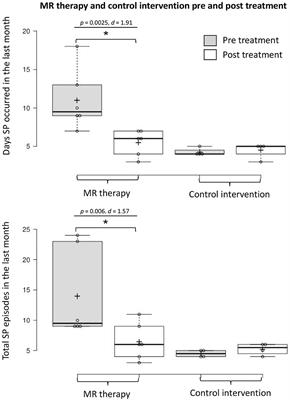
ORIGINAL RESEARCH
Published on 07 Aug 2020
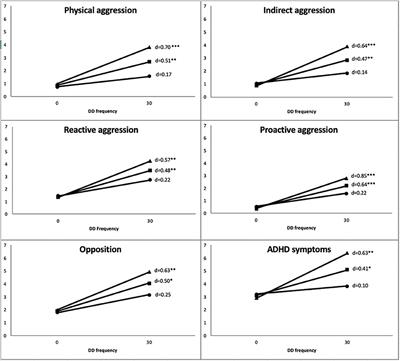
REVIEW
Published on 22 Oct 2019
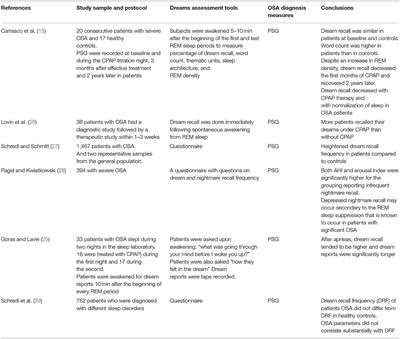
ORIGINAL RESEARCH
Published on 20 Sep 2019
